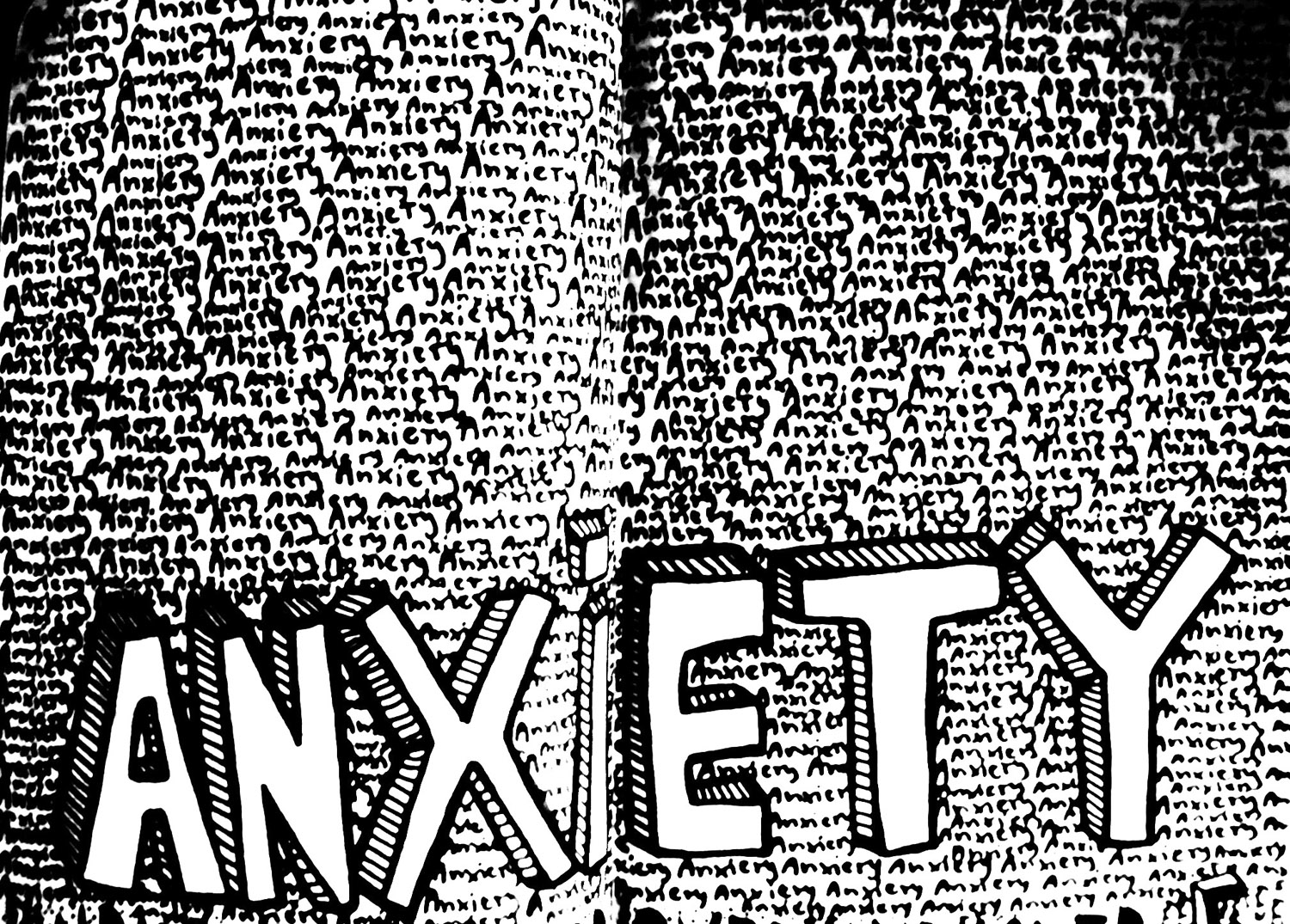Nearly everyone has faced bouts of mild anxiety in some form. But, when it comes to anxiety disorders, there is a disconnect between that common experience and the experiences of those affected by the mental disorder each day.
To many, anxiety disorders are synonymous with stress, causing them to be commonly shrugged off as an overreaction to a bad day at work or school. However, anxiety disorders are much different and far more severe than a day that went terribly wrong. According to the National Institute of Mental Health, anxiety disorders are mental health disorders characterized by feelings of anxiety, worry or fear that “can interfere with daily activities.”
Of course, it is hard to place one’s self in the shoes of another when their reality is very different, but that should not stop individuals from wanting to learn and become more understanding. With anxiety disorders being the most common form of mental disorder in the United States according to the National Alliance on Mental Illness, it is more important than ever to learn and seek understanding.
As reported by the National Institute of Mental Health, anxiety disorders affect 40 million individuals in the United States. Therefore, 1 in 8 Americans suffer from an anxiety disorder, making it highly likely that everyone knows an individual who faces an anxiety disorder.
This is even true for children in elementary and middle schools, as the National Institute of Mental Health found 11 to be the average age at which anxiety disorders begin. Just as children at this age learn about the changes their bodies are beginning to go through, they need to learn about anxiety and other mental disorders. This will aid them in understanding the difference between incidents when they have anxiety and anxiety disorders.
With the help of early anxiety disorder education, many more people will seek out treatment as they begin to see symptoms appear.
Reports from the National Institute of Mental Health show that only about one-third of those suffering from anxiety disorders seek treatment. Armed with new knowledge, young people will hopefully turn towards professionals to help them.
Starting anxiety disorder education at a young age will create a generation of individuals that do not shrug off mental disorders, but work to treat them.



